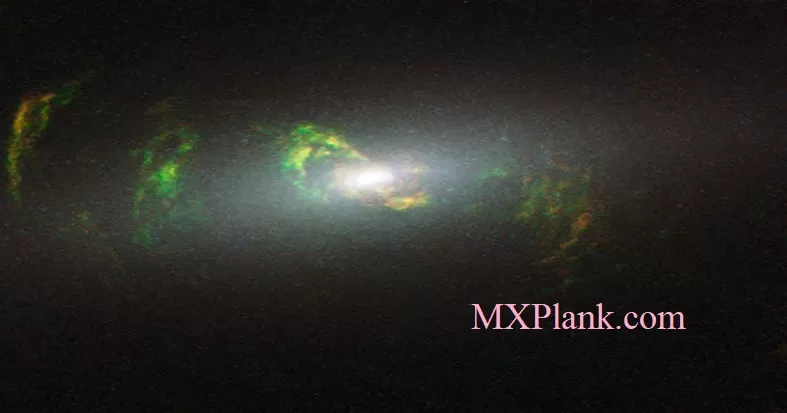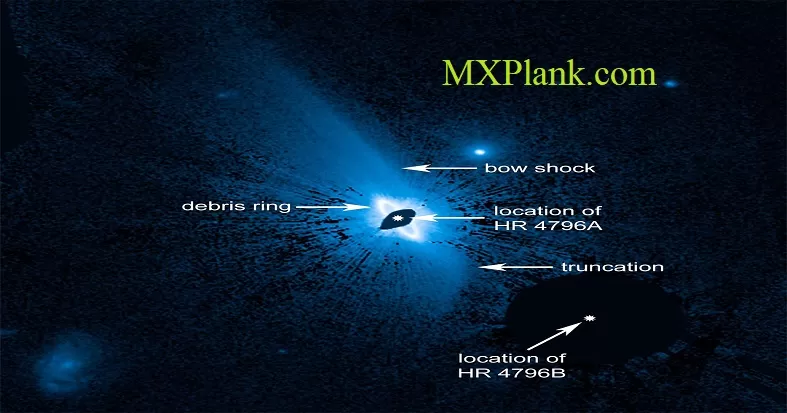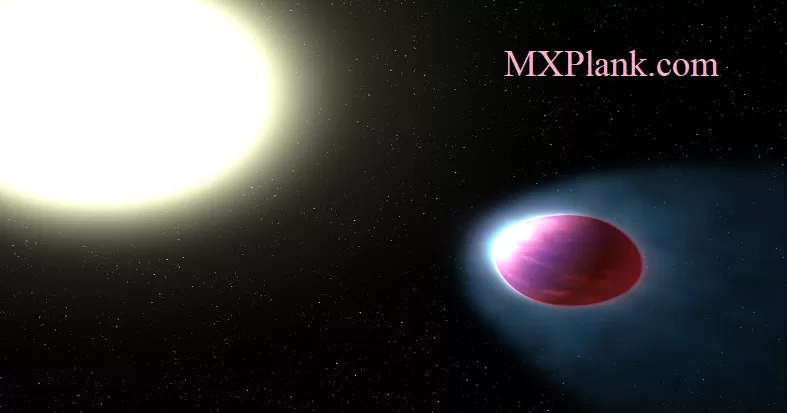Most detailed image of the Crab Nebula

This Hubble image gives the most detailed view of the entire Crab Nebula ever. The Crab is among the most interesting and well studied objects in astronomy.
This image is the largest image ever taken with Hubble's WFPC2 camera. It was assembled from 24 individual exposures taken with the NASA/ESA Hubble Space Telescope and is the highest resolution image of the entire Crab Nebula ever made.
The Crab Nebula (catalogue designations M1, NGC 1952, Taurus A) is a supernova remnant and pulsar wind nebula in the constellation of Taurus. The common name comes from William Parsons, 3rd Earl of Rosse, who observed the object in 1842 using a 36-inch (91 cm) telescope and produced a drawing that looked somewhat like a crab. The nebula was discovered by English astronomer John Bevis in 1731, and it corresponds with a bright supernova recorded by Chinese astronomers in 1054. The nebula was the first astronomical object identified that corresponds with a historical supernova explosion.
At an apparent magnitude of 8.4, comparable to that of Saturn's moon Titan, it is not visible to the naked eye but can be made out using binoculars under favourable conditions. The nebula lies in the Perseus Arm of the Milky Way galaxy, at a distance of about 2.0 kiloparsecs (6,500 ly) from Earth. It has a diameter of 3.4 parsecs (11 ly), corresponding to an apparent diameter of some 7 arcminutes, and is expanding at a rate of about 1,500 kilometres per second (930 mi/s), or 0.5% of the speed of light.
At the center of the nebula lies the Crab Pulsar, a neutron star 28-30 kilometres (17-19 mi) across with a spin rate of 30.2 times per second, which emits pulses of radiation from gamma rays to radio waves. At X-ray and gamma ray energies above 30 keV, the Crab Nebula is generally the brightest persistent gamma-ray source in the sky, with measured flux extending to above 10 TeV. The nebula's radiation allows detailed study of celestial bodies that occult it. In the 1950s and 1960s, the Sun's corona was mapped from observations of the Crab Nebula's radio waves passing through it, and in 2003, the thickness of the atmosphere of Saturn's moon Titan was measured as it blocked out X-rays from the nebula.
Modern understanding that the Crab Nebula was created by a supernova traces back to 1921, when Carl Otto Lampland announced he had seen changes in the nebula's structure. This eventually led to the conclusion that the creation of the Crab Nebula corresponds to the bright SN 1054 supernova recorded by ancient astronomers in AD 1054.
First identification
The Crab Nebula was first identified in 1731 by John Bevis.The nebula was independently rediscovered in 1758 by Charles Messier as he was observing a bright comet.Messier catalogued it as the first entry in his catalogue of comet-like objects; in 1757, Alexis Clairaut reexamined the calculations of Edmund Halley and predicted the return of Halley's Comet in late 1758. The exact time of the comet's return required the consideration of perturbations to its orbit caused by planets in the Solar System such as Jupiter, which Clairaut and his two colleagues Jerome Lalande and Nicole-Reine Lepaute carried out more precisely than Halley, finding that the comet should appear in the constellation of Taurus. It was in searching in vain for the comet that Charles Messier found the Crab Nebula, which he at first thought to be Halley's comet. After some observation, noticing that the object that he was observing was not moving across the sky, Messier concluded that the object was not a comet. Messier then realised the usefulness of compiling a catalogue of celestial objects of a cloudy nature, but fixed in the sky, to avoid incorrectly cataloguing them as comets. This realization led him to compile the "Messier catalogue".William Herschel observed the Crab Nebula numerous times between 1783 and 1809, but it is not known whether he was aware of its existence in 1783, or if he discovered it independently of Messier and Bevis. After several observations, he concluded that it was composed of a group of stars.William Parsons, 3rd Earl of Rosse observed the nebula at Birr Castle in 1844 using a 36-inch (0.9 m) telescope, and referred to the object as the "Crab Nebula" because a drawing he made of it looked like a crab. He observed it again later, in 1848, using a 72-inch (1.8 m) telescope but could not confirm the supposed resemblance, but the name stuck nevertheless.
Credit:
NASA, ESA and Allison Loll/Jeff Hester (Arizona State University).
Acknowledgement:
Davide De Martin (ESA/Hubble)






